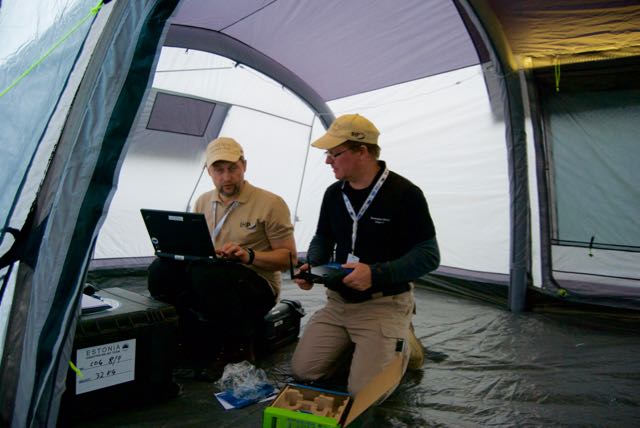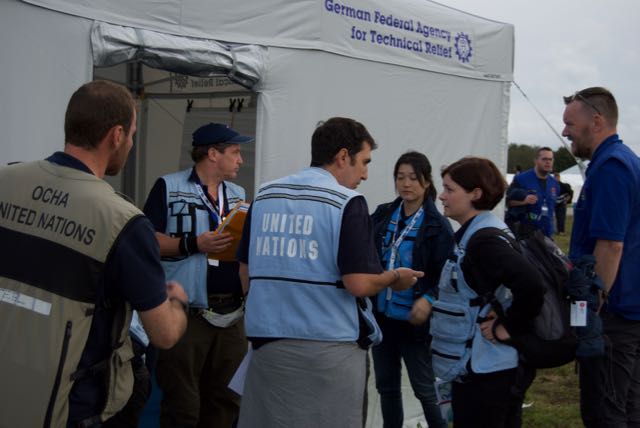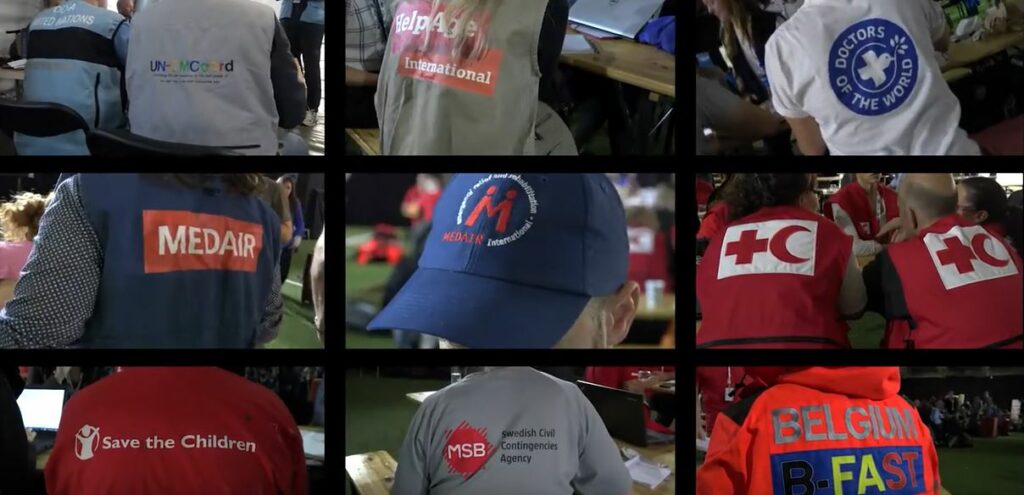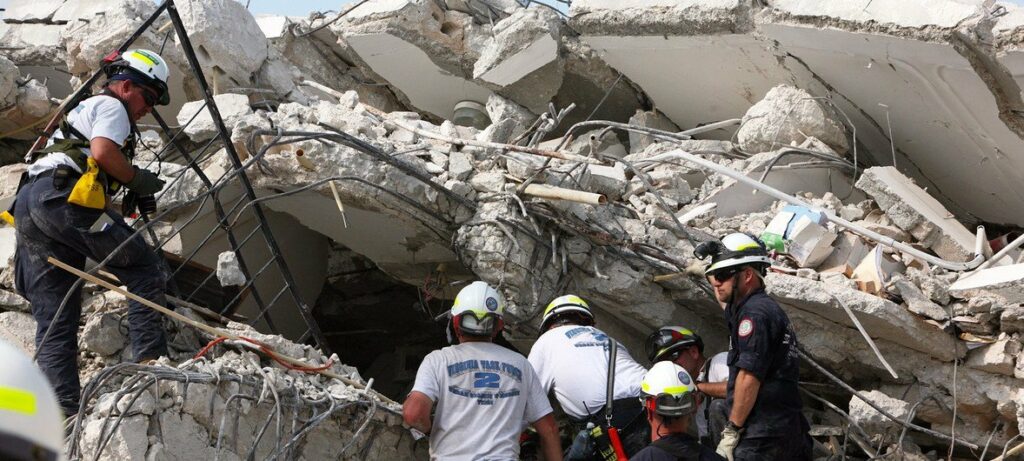The IHP TRIPLEX exercise, one of the largest humanitarian and civil protection field simulation exercises in the world, took center stage in 2016, bringing together an impressive array of participants from across the globe. This unique exercise, organized by the International Humanitarian Partnership (IHP), aims to enhance preparedness, coordination, and response mechanisms in the face of complex emergencies. It provides a civilian-managed platform where humanitarian actors can test and refine their skills in a realistic yet controlled environment.
Overview of TRIPLEX
TRIPLEX serves as a cornerstone for multilateral emergency response training, focusing on:
- Strengthening the coordination and cooperation among humanitarian actors.
- Enhancing internal collaboration and interoperability within IHP member organizations.
- Providing a safe and dynamic environment to practice assessments, coordination, and initial response planning.
As one of the few civilian-led, large-scale simulation exercises, TRIPLEX stands out for its inclusivity and comprehensive approach. Regular participants include United Nations agencies (such as OCHA, WFP, UNICEF, and UNHCR), the EU Civil Protection team, the Red Cross and Red Crescent Societies, international NGOs, military CIMIC units, and private sector actors.
TRIPLEX 2016: Key Highlights
Hosted by the Norwegian Directorate for Civil Protection (DSB) and the municipality of Farsund, TRIPLEX 2016 took place in the stunning southern regions of Norway from September 25 to 29. The event attracted over 200 participants, representing 36 organizations and more than 70 nationalities. The simulation scenario, designed to mimic the aftermath of a Category 3 hurricane, created a highly realistic training environment for participants.
The disaster scenario centered on the fictional country of Sörland, devastated by Hurricane “Windblown,” which caused extensive damage, leaving more than 600 dead and 2 million people affected. The Local Emergency Management Agency reported widespread displacement and urgent humanitarian needs. The United Nations Disaster Assessment and Coordination (UNDAC) team and the EU Civil Protection team rapidly deployed to establish coordination hubs and initiate needs assessments.



Workshops and Simulation
The exercise began with two days of workshops, offering insights into the latest tools, topics, and mechanisms driving humanitarian response. These sessions provided participants with updated knowledge to enhance their effectiveness in the field. The subsequent three days of real-time simulation allowed participants to put their skills into practice, working collaboratively on assessments, coordination, and initial response planning alongside their regular response partners.
IHP supported the exercise by providing essential services such as base camps for accommodation and offices, vehicles for staff and relief equipment, coordination facilities, and basic communication services. These logistical components enabled participants to operate as they would in a real emergency.
A Collaborative Effort
The TRIPLEX exercise is a testament to the power of collaboration. The event was co-funded by ECHO and IHP members, with planning initiated as early as January 2016. The Initial Planning Conference, held in Geneva in October 2015, brought together numerous organizations and agencies, all expressing their commitment to the exercise. DSB, along with DEMA, DFID, and UNOCHA, led the meticulous planning efforts to ensure the success of the exercise.
Learning and Networking Opportunities
TRIPLEX 2016 provided an invaluable platform for participants to build networks and deepen their understanding of the mandates, resources, and operational methods of various organizations. As Jon Barden of the IHP Exercise Control Group noted, “The opportunity to meet new colleagues, form new networks, and learn more about the mandates, resources, and ways of working of different organizations is invaluable and the positive effect it has on real humanitarian response is undeniable.”
Geir Ellingsen, IHP Triplex Project Manager, echoed this sentiment, emphasizing that the exercise offers a unique opportunity for organizations to enhance their skills and capacities within a realistic scenario. Pekka Tiainen from ECHO highlighted the exercise’s role in strengthening understanding and collaboration among diverse actors, noting, “TRIPLEX helps to strengthen understanding of mandates, roles, and responsibilities among the various response actors.”
A Record-Breaking Event
The interest in TRIPLEX 2016 reached unprecedented levels, with registrations closing more than six months before the event. This enthusiasm underscores the significance of the exercise as a critical learning and capacity-building opportunity for the global humanitarian community.
Conclusion
TRIPLEX 2016 successfully showcased the importance of preparedness, coordination, and collaboration in humanitarian response. By providing a realistic yet controlled environment, the exercise enabled participants to hone their skills, test new tools and procedures, and foster relationships that are vital during real-world emergencies. As the humanitarian community continues to face increasingly complex challenges, TRIPLEX remains a beacon of innovation and excellence in emergency response training.



